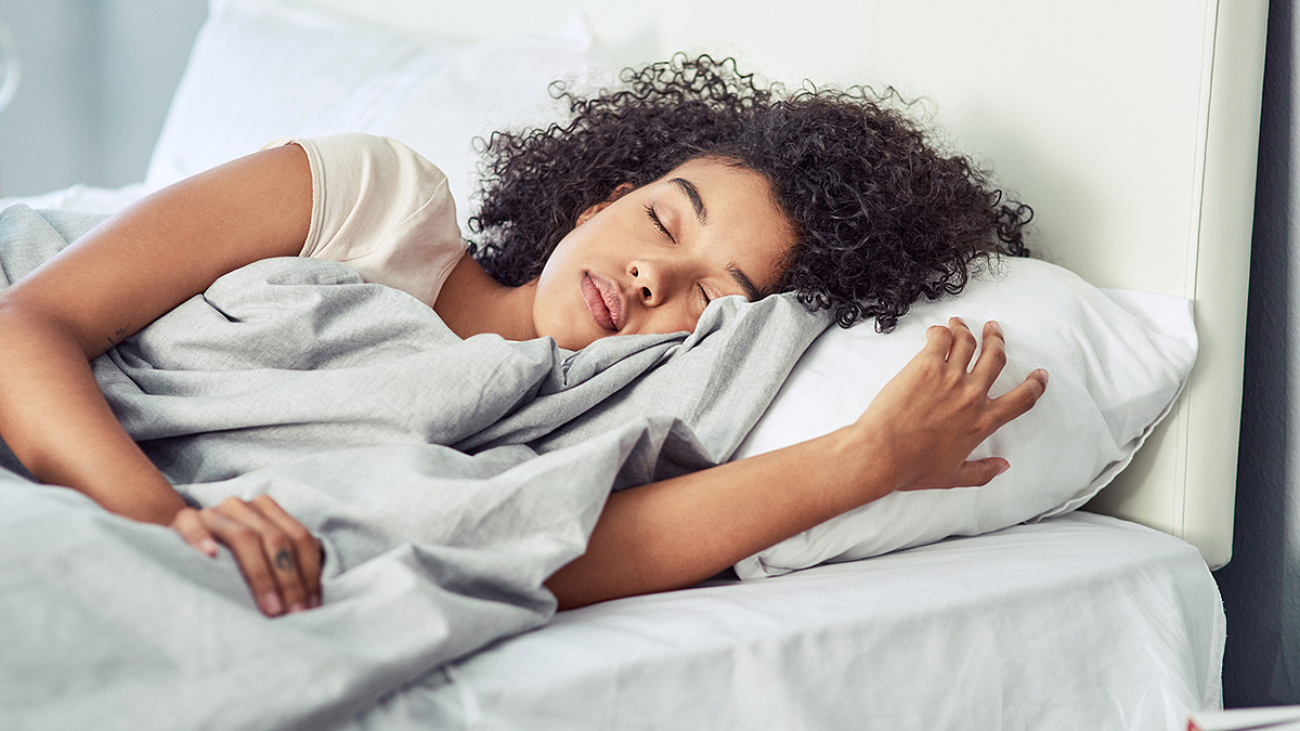At night, the brain is triggered by darkness to make another hormone called melatonin. This is why melatonin is produced during the dark hours and stops on exposure to daylight. This pineal hormone is a key driver for many of the body’s circadian rhythms, which is the regulation of sleep patterns. It also plays an important role in countering infection, inflammation, cancer, and auto-immunity. With our modern-day penchant for indoor activities and staying up well past dusk, nocturnal melatonin production is typically far from robust.
To maximize your happiness naturally, it is also equally important to take advantage of the early sunlight as the day breaks.
Another hormone called serotonin, the happiness hormone, comes with a healthy exposure to sunlight as mentioned in the chapter on Vitamin D and Sun Exposure. Decreased sun exposure has been associated with a drop in your serotonin levels, which can lead to major depression with seasonal pattern. The light-induced effects of serotonin are triggered by sunlight that goes in through the eye. Sunlight cues special areas in the retina, which triggers the release of serotonin. It has been observed widely that some people experience this type of depression when the days are shorter and nights longer.
Due to this connection, one of the main treatments for depression with seasonal pattern is light therapy, also known as phototherapy.
For people in jobs in which sunlight exposure is limited, full-spectrum lighting may be helpful. Sunglasses may further limit the eyes’ access to full sunlight, thereby altering melatonin rhythms. Going shades-free in the daylight, even for just 10-15 minutes, could give significant health benefits. It is important that if you work indoors you should get outside periodically, and moreover that you try to sleep in total darkness. This can have a major impact on melatonin rhythms and can result in improvements in mood, energy, and sleep quality thereby enhancing your health outcomes.

